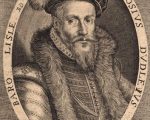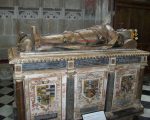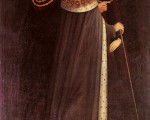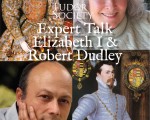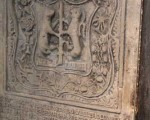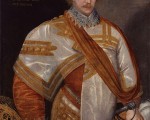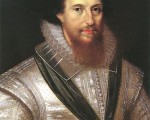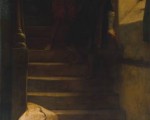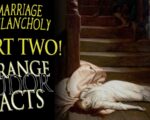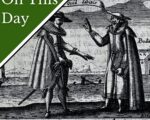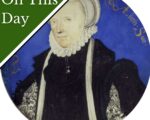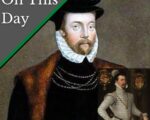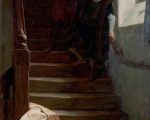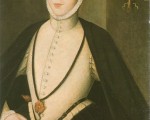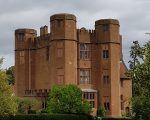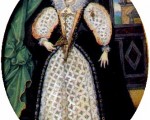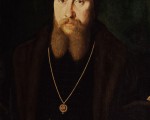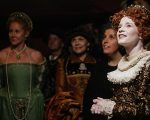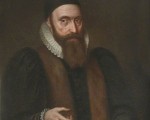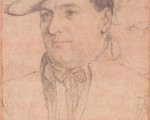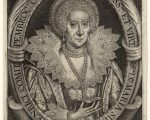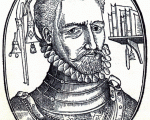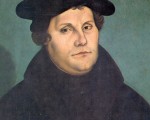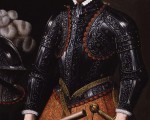On this day in history…
28th August:
1550 – Death of Thomas Magnus, administrator, Archdeacon of the East Riding of Yorkshire, member of the King’s Council and diplomat, at Sessay in the North Riding of Yorkshire. He was also buried there.
1551 – Lord Chancellor Richard Rich, Sir Anthony Wingfield and Sir William Petre went to Copthall in Essex to see Edward VI’s half-sister Mary. The purpose of their visit was to deliver the King’s order that Mary and her household should desist from celebrating the Catholic mass, and that Wingfield should replace Robert Rochester, whom Edward’s council had removed, as Mary’s comptroller. Mary refused to obey them and they were forced to leave, having failed their mission.
1553 – Death of Sir John Harington, administrator, in Bishopsgate, London. He was buried in Exton. Harington served Henry VIII as Esquire of the Body, Treasurer of War (1542 and 1543), Vice-Treasurer of the army for the 1544 French campaign and Treasurer of the expedition to France (1546).
1583 – Burial of William Latymer, Chaplain to Queen Anne Boleyn, Dean of Peterborough, chaplain to Elizabeth I and author of the “Cronickille of Anne Bulleyne”, a biography of Anne Boleyn. He was buried in Peterborough Cathedral.
1588 – Execution of William Dean, Roman Catholic priest and martyr, by hanging at Mile End Green, Middlesex. He was found guilty of high treason for being a Catholic priest.
1588 – Execution of Franciscan friar and martyr, Thomas Felton, near Brentford, Middlesex. He was hanged, drawn and quartered for his beliefs, and for proclaiming that he could not accept a woman as supreme head of the Church.
1588 – An ill Robert Dudley, Earl of Leicester, wrote his final letter to his queen and childhood friend, Elizabeth I.
1609 – Death of Sir Francis Vere (de Vere), soldier. He served in the English army in the Low Countries, and also in the 1596 Cadiz expedition. He was buried in Westminster Abbey.
[Read More...]
